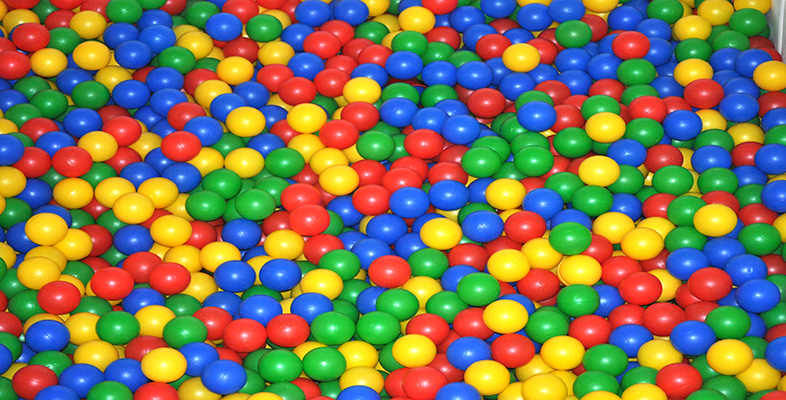2.5.1 Homologous series
Another approach to the problem is to consider what happens to the properties of a related series of compounds of increasing chain length. The simplest precedent is the sequence of properties for the saturated paraffin hydrocarbons (normal alkanes). Such a series of compounds is known as an homologous series. The lowest members are gases like methane and ethane, but as the length of the chain increases the hydrocarbons become first liquids and then waxy solids. Both the melting points and densities increase in a regular manner. When many hundreds of carbon atoms are linked together the properties reach a plateau, and it is only here that one can talk of true polymeric properties (Table 4). During investigations of other types of repeat unit, considerable efforts were and still are made to determine how properties vary with increasing chain length for the lower members (oligomers) of the family, and how it may affect the final properties of the true polymers.
